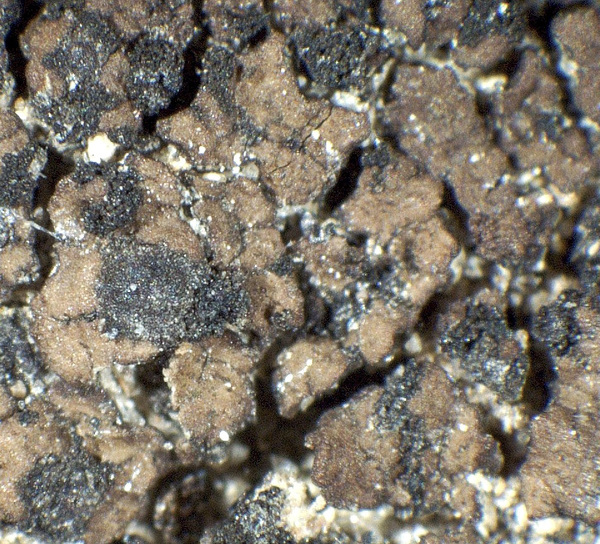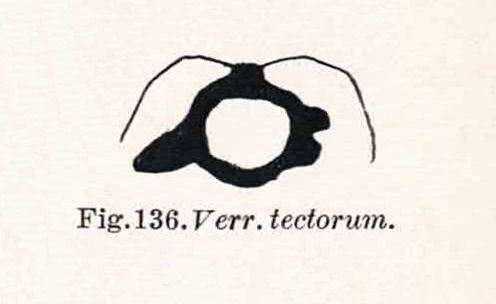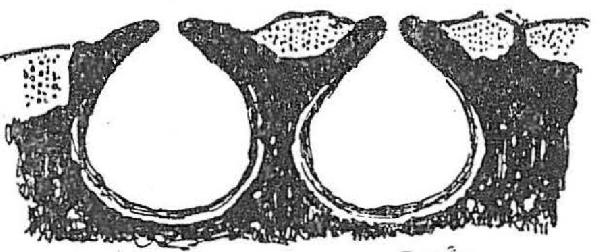Verrucaria nigrescens f. tectorum (A. Massal.) Coppins & Aptroot
Lichenologist, 40: 372, 2008. Basionym: Lithocia tectorum A. Massal. - Symmicta Lich.: 91, 1855.
Synonyms: Verrucaria viridula f. tectorum (A. Massal.) J.R. Laundon
Distribution: N - VG (Castello 2002, Martellos & Castello 2004), Frl (Nimis & Salvadori 1998, Nascimbene & al. 2009b), Ven (Lazzarin 2000b), Lomb (Favero-Longo & al. 2023), Piem, VA (TO 3015), Emil (Nimis & al. 1996, Fariselli & al. 2020), Lig (Valcuvia & al. 2000). C - Marc (Nimis & Tretiach 1999), Umb (Panfili 2000, Ravera & al. 2006), Abr (Nimis & Tretiach 1999). S - Camp (Garofalo & al. 1999, 2010, Ricciardi & al. 2000, Nimis & Tretiach 2004), Pugl (Garofalo & al. 1999, Nimis & Tretiach 1999), Bas (Nimis & Tretiach 1999).
Description: Thallus crustose, episubstratic, cracked-areolate, well-delimited, dark olive-green, brown or blackish brown, epruinose, 0.1-0.3 mm thick, the areoles 0.2-0.8 mm wide, smooth, flat to slightly convex, the margins densely covered by isidioid, corticate blastidia (best visible in the wet state). Cortex paraplectenchymatous, of 4-6 µm wide cells, the uppermost ones brown, overlain by a thin epinecral layer; algal cells arranged in more or less vertical columns; medulla with a well developed, carbonaceous black basal layer (half to two-thirds of thallus thickness). Perithecia black, 0.5-0,75 mm across, entirely immersed or slightly projecting, often laterally covered by thallus. Involucrellum contiguous with exciple, extending to base-level and merging with the black basal layer; exciple subglobose, 0.2-0.3 mm across, the wall dark brown; hamathecium of periphyses and periphysoids, interascal filaments absent; hymenial gel hemiamyloid, I+ red (I+ blue at very low concentrations of I), K/I+ blue. Asci 8-spored, clavate, I-, fissitunicate, the wall thickened above, with an ocular chamber, dehiscent by extrusion of an endotunica to form a delicate rostrum, Verrucaria-type. Ascospores 1-celled, hyaline, ellipsoid, 17-27(-30) x 8-14 µm. Pycnidia unknown. Photobiont chlorococcoid. Spot tests: K-, C-, KC-, P-, UV-. Chemistry: without lichen substances.Note: mainly on man-made substrata, including mortar walls. frequently confused with V. macrostoma f. furfuracea, which is sorediate and not isidiate and has a thicker thallus (see Roux & coll. 2014)
Growth form: Crustose
Substrata: rocks
Photobiont: green algae other than Trentepohlia
Reproductive strategy: mainly asexual, by isidia, or isidia-like structures (e.g. schizidia)
Pioneer species
Commonnes-rarity: (info)
Alpine belt: rather common
Subalpine belt: common
Oromediterranean belt: common
Montane belt: extremely common
Submediterranean belt: extremely common
Padanian area: common
Humid submediterranean belt: extremely common
Humid mediterranean belt: extremely common
Dry mediterranean belt: very common

Predictive model
Herbarium samples
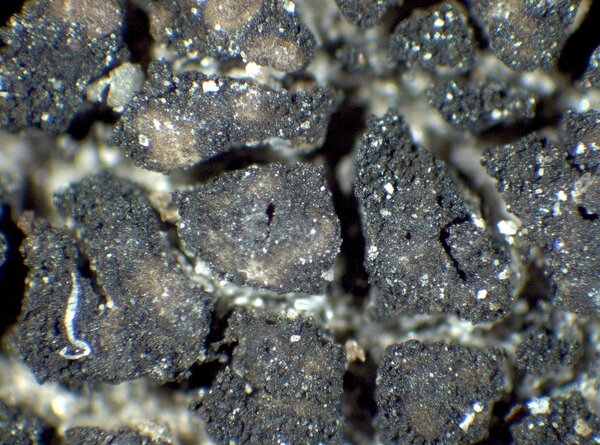
S. Martellos; Owner: Department of Life Sciences, University of Trieste
Italy, Emilia-Romagna, Ravenna, Brisighella, near the Sanctuary; altitude: 200 m.
Herbarium: TSB (20582)
2007/03/08
on a wall
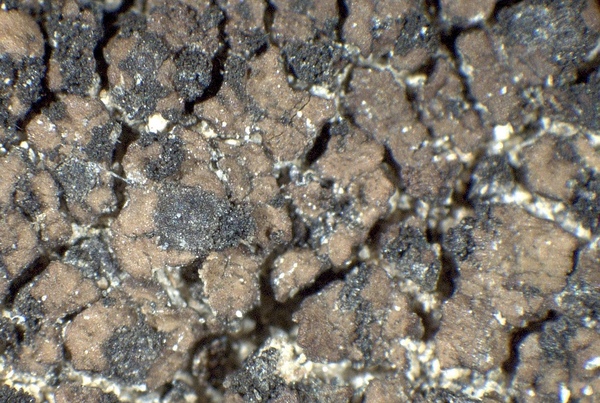

Pier Luigi Nimis - CC BY-SA 4.0; Owner: Department of Life Sciences, University of Trieste
Herbarium: TSB (21155)
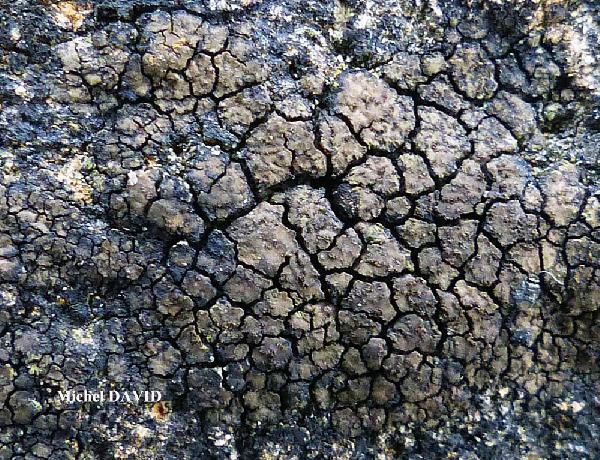
Michel David - Source: http://www.lichensmaritimes.org/index.php?task=fiche&lichen=973&lang=en
France, L'Aber
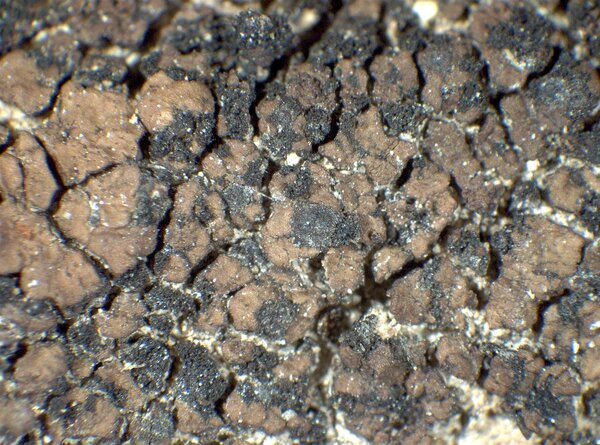
S. Martellos; Owner: Department of Life Sciences, University of Trieste
Spain, Andalusia, Sevilla, Roman theater of Italica; altitude: 50.
Herbarium: TSB (21155)
2007/03/08
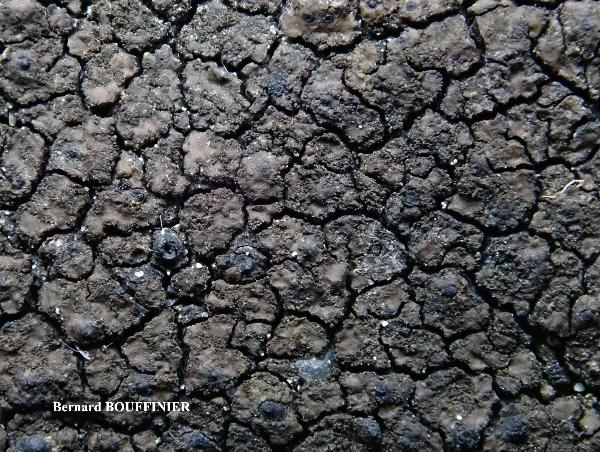
Bernard Bouffinier - Source: http://www.lichensmaritimes.org/index.php?task=fiche&lichen=973&lang=en
France, Landevennec
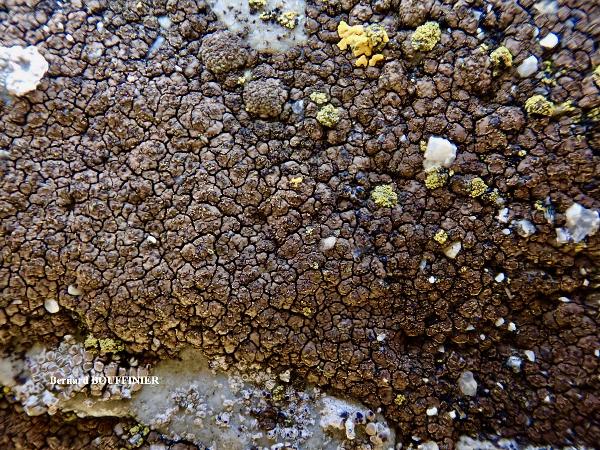
Bernard Bouffinier - Source: http://www.lichensmaritimes.org/index.php?task=fiche&lichen=973&lang=en
France, Rostellec
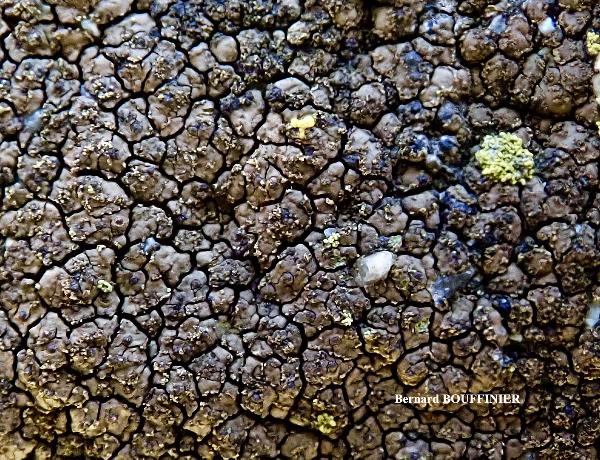
Bernard Bouffinier - Source: http://www.lichensmaritimes.org/index.php?task=fiche&lichen=973&lang=en
France, Rostellec
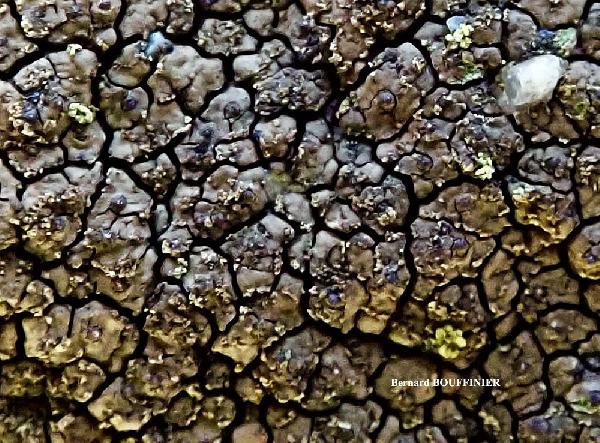
Bernard Bouffinier - Source: http://www.lichensmaritimes.org/index.php?task=fiche&lichen=973&lang=en
France, Rostellec
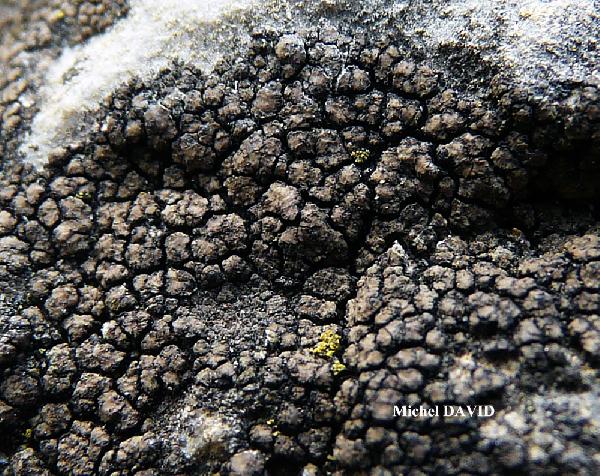
Michel David - Source: http://www.lichensmaritimes.org/index.php?task=fiche&lichen=973&lang=en
France, L'Aber
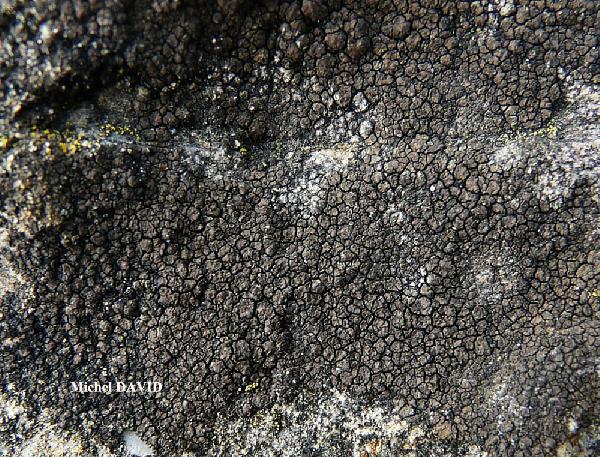
Michel David - Source: http://www.lichensmaritimes.org/index.php?task=fiche&lichen=973&lang=en
France, L'Aber

Michel David - Source: http://www.lichensmaritimes.org/index.php?task=fiche&lichen=973&lang=en
France, L'Aber

Michel David - Source: http://www.lichensmaritimes.org/index.php?task=fiche&lichen=973&lang=en
France, L'Aber
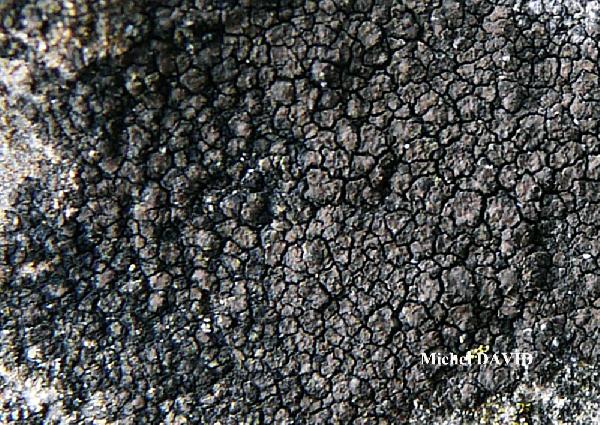
Michel David - Source: http://www.lichensmaritimes.org/index.php?task=fiche&lichen=973&lang=en
France, L'Aber
Growth form: Crustose
Substrata: rocks
Photobiont: green algae other than Trentepohlia
Reproductive strategy: mainly asexual, by isidia, or isidia-like structures (e.g. schizidia)
Pioneer species
Commonnes-rarity: (info)
Alpine belt: rather common
Subalpine belt: common
Oromediterranean belt: common
Montane belt: extremely common
Submediterranean belt: extremely common
Padanian area: common
Humid submediterranean belt: extremely common
Humid mediterranean belt: extremely common
Dry mediterranean belt: very common

Predictive model
| Herbarium samples |

S. Martellos; Owner: Department of Life Sciences, University of Trieste
Italy, Emilia-Romagna, Ravenna, Brisighella, near the Sanctuary; altitude: 200 m.
Herbarium: TSB (20582)
2007/03/08
on a wall


Pier Luigi Nimis - CC BY-SA 4.0; Owner: Department of Life Sciences, University of Trieste
Herbarium: TSB (21155)

Michel David - Source: http://www.lichensmaritimes.org/index.php?task=fiche&lichen=973&lang=en
France, L'Aber

S. Martellos; Owner: Department of Life Sciences, University of Trieste
Spain, Andalusia, Sevilla, Roman theater of Italica; altitude: 50.
Herbarium: TSB (21155)
2007/03/08

Bernard Bouffinier - Source: http://www.lichensmaritimes.org/index.php?task=fiche&lichen=973&lang=en
France, Landevennec

Bernard Bouffinier - Source: http://www.lichensmaritimes.org/index.php?task=fiche&lichen=973&lang=en
France, Rostellec

Bernard Bouffinier - Source: http://www.lichensmaritimes.org/index.php?task=fiche&lichen=973&lang=en
France, Rostellec

Bernard Bouffinier - Source: http://www.lichensmaritimes.org/index.php?task=fiche&lichen=973&lang=en
France, Rostellec

Michel David - Source: http://www.lichensmaritimes.org/index.php?task=fiche&lichen=973&lang=en
France, L'Aber

Michel David - Source: http://www.lichensmaritimes.org/index.php?task=fiche&lichen=973&lang=en
France, L'Aber

Michel David - Source: http://www.lichensmaritimes.org/index.php?task=fiche&lichen=973&lang=en
France, L'Aber

Michel David - Source: http://www.lichensmaritimes.org/index.php?task=fiche&lichen=973&lang=en
France, L'Aber

 INDEX FUNGORUM
INDEX FUNGORUM
 GBIF
GBIF
 DOLICHENS
DOLICHENS
